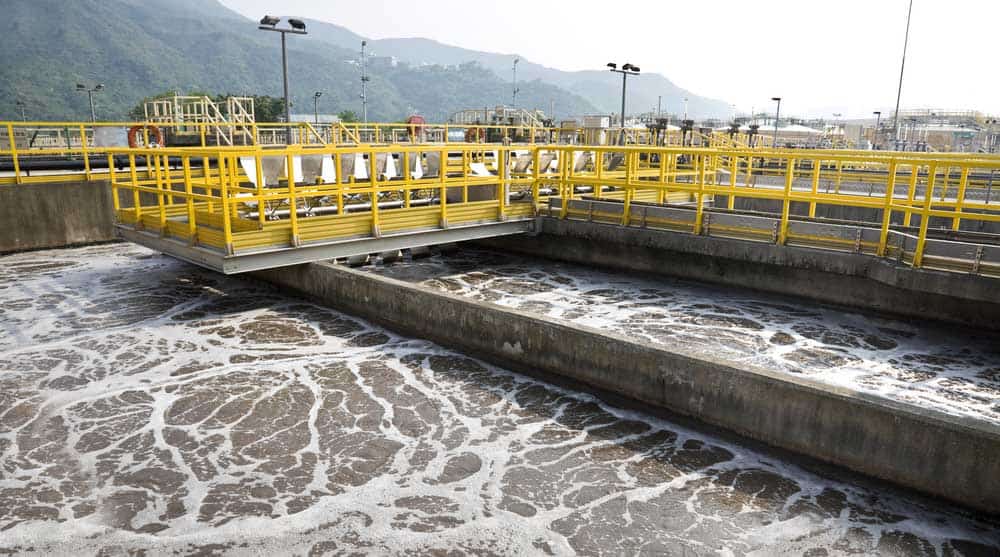How Do Sewage Treatment Plants Work In Alberta?
A sewage treatment plant is a system designed to remove contaminants from wastewater until it is safe to be discharged into the environment. The water is treated using a combination of physical and biological processes that work to reduce organic compounds. At Tanks-A-Lot Ltd., we supply wastewater treatment plants in Alberta for homes and commercial developments made of durable precast concrete. Let's take a look at how treatment plants work.

The Sewage Treatment Process
There are a number of steps involved in sewage treatment. Specifics can vary depending on system size and treatment requirements, but the main processes involved remain the same. Wastewater that enters a precast concrete sewage treatment plant in Alberta undergoes the five following stages as it moves through the treatment plant's chambers.
- Inlet
Wastewater leaves a building and is transported to the first chamber of the treatment plant via an inlet pipe. The wastewater remains in this chamber for preconditioning - there is no need for a separate holding chamber. This helps to cut down on the size of the plant, saving you space on your property.
- Preconditioning
In the preconditioning stage, microorganisms begin cleaning the wastewater while gravity draws solids to the bottom of the chamber. The flow rate of the water is equalized to prevent it from overloading the rest of the system during heavy use periods. Proper flow equalization throughout the system ensures that all wastewater entering a plant is fully treated and remains in each chamber as long as necessary.
- Cleaning and aeration
The wastewater enters another chamber where diffusers provide the oxygen needed by microorganisms to treat the water, a process known as biological oxidation. The microorganisms form a biofilm that converts any contaminants in the water into stable substances. Carbon compounds and sulphate are degraded and ammonium is converted into nitrate, which is further reduced into oxygen and nitrogen.
- Clarification
The wastewater moves on to the clarification chamber, where any remaining particles from the cleaning stage settle on the bottom of the chamber and wastewater is completely converted into clarified liquids. Settled solids are sent back to the first chamber for further cleaning.
- Outlet
The clarified water is now safe to be discharged into the environment and exits through the outlet pipe into a disposal bed. The discharged liquid is clear and odourless and the disposal bed is smaller than a traditional septic drain field.
Residential and Commercial Sewage Treatment in Alberta
Tanks-A-Lot Ltd. provides reliable and cost-effective wastewater treatment solutions in Alberta that can be tailored to your unique needs. Our precast concrete sewage treatment plants range in capacity from 1,500 to 500,000 gallons per day and are suitable for a variety of applications, including residential, commercial, industrial, and municipal. We can enlarge or modify systems as-needed. Each plant is completely self-regulating and does not require any routine maintenance.
To learn more about whether a precast concrete treatment plant in Alberta is the right choice for your property, just contact Tanks-A-Lot Ltd. today.



